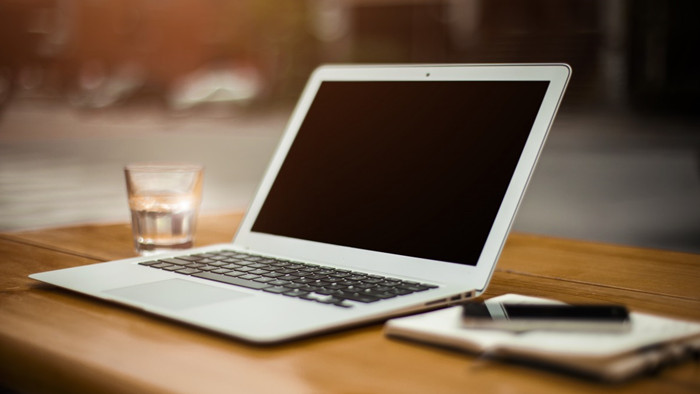Li-ion Battery Fast Charging Technology
Li-ion Battery Fast Charging Technology – Electrode Coating – Cheersonic
Portable and removable electronic products are becoming more and more powerful, and power consumption is getting faster and faster. Therefore, a rechargeable battery with a longer battery life and a larger capacity is required to provide power energy for it. The fast charging technology of lithium-ion batteries has developed rapidly in recent years.
Li-ion battery fast charging technology refers to increasing the charging voltage and charging current of the charger, so that the battery is quickly charged. For example, in mobile phones and notebooks, ordinary charging technology generally uses a charging current of 0.5C (the 1C current here is interpreted as: the current of 1 times the battery capacity, such as a 2600mAh battery, the current of 1 times the battery capacity is equal to 2600mA, then 1 hour It can be fully charged), only 25% of the power can be charged in 30 minutes, and the fast charging technology currently uses a charging current of 1.2 C to 1.8 C, which can achieve 60% to 80% of the power in 30 minutes.

Such fast charging technology reflects the obvious advantages of lithium-ion batteries, which are mainly reflected in the following aspects: firstly, high energy density. If the electric energy capacity is the same, lithium-ion batteries are smaller in size, lighter in weight, and more portable and thin; secondly, lithium-ion batteries The open circuit voltage of ion batteries is also higher than other positive ion batteries, and the use time is longer; finally, lithium ion batteries can be charged with high current, this feature provides the possibility of fast charging. In addition, the commonly used lithium-ion battery has no memory effect, the battery does not need to discharge the remaining charge before charging, and can be charged at any time, and the use and maintenance are simple and easy.
The technical key to realizing fast charging of lithium-ion batteries is: the battery can accept a large charging current, which requires the battery itself to have a sufficiently small polarization resistance; after the battery is charged with a large current, the battery can still ensure its life and safety, which is The battery material is required to be sufficiently stable.
Lithium-ion batteries have been widely used due to their high energy density, long cycle life, no memory effect and green environmental protection, which are embodied in the following aspects:
1. Fast-charging lithium-ion batteries will have important applications in the field of mobile phones. Lithium-ion batteries are commonly used in smart phones, but due to the large power consumption of smart phones and the long charging time of mobile phone batteries, the use and development of smart phones are restricted. The charging speed of the mobile phone battery meets the use of the smartphone.
2. In vehicle equipment, the application of lithium-ion batteries has also become an important development direction. Fast-charging lithium-ion batteries not only solves the problem of vehicle battery charging, but also improves the charging efficiency of lithium-ion batteries. It plays an important role in meeting the normal use of in-vehicle equipment.
3. There are many kinds of mobile charging devices for charging mobile phones. In this field, fast-charging lithium-ion batteries can not only charge mobile charging devices quickly, but also improve the function of mobile charging devices, which is very important for promoting the development of mobile charging devices. have an important role.
This article is comprehensively compiled from the popular science department of Xinhuanet, Science Popularization China-Scientific Principles Made Easy
If there is any infringement, please contact us
We remain neutral on the opinions in the article, and the power and responsibility belong to the original author
Cheersonic is the leading developer and manufacturer of ultrasonic coating systems for applying precise, thin film coatings to protect, strengthen or smooth surfaces on parts and components for the microelectronics/electronics, alternative energy, medical and industrial markets, including specialized glass applications in construction and automotive.

